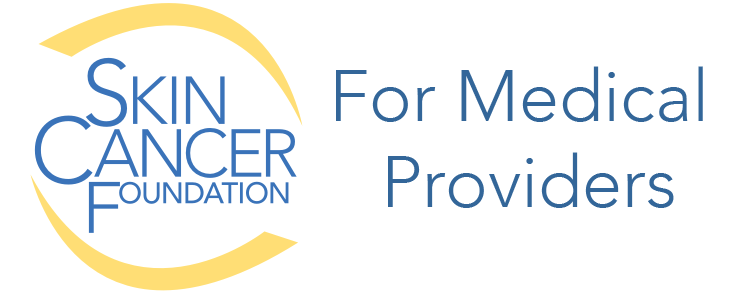
Advances in Therapy for Cutaneous Melanoma
2019, Vol. 37, No. 1
In This Issue
- Advances in Adjuvant Therapy For Cutaneous Melanoma: Implications for Clinical Practice
- Neoadjuvant Therapy for Melanoma
From the Editors
The year 2011 proved to be a watershed moment in the treatment of advanced melanoma, with the approvals of the first BRAF-targeted therapy and checkpoint blockade therapy. Multiple individual and combination therapies followed in these treatment categories over the next few years, significantly delaying recurrence and improving overall survival (OS) for many stage IV patients.
With the successes observed in stage IV patients, it was only a matter of time for these drugs to be studied as adjuvant therapy for resected stage IIIA–C patients. In 2015, the anti-CTLA-4 agent ipilimumab became the first checkpoint blockade therapy approved as adjuvant therapy for stage III melanoma. It was a quantum leap beyond the only previous approved agent, IFNα-2b, significantly improving recurrence-free survival (RFS) while also having some impact on OS. Since then, a second checkpoint inhibitor (the anti-PD-1 agent nivolumab) and a combination BRAF-MEK-targeted therapy (dabrafenib-trametinib) have been approved, and at least one other effective checkpoint inhibitor (pembrolizumab) seems primed to be approved shortly.
In this issue of The Melanoma Letter, Jeffrey Zhao and Drs. Galvez and Sosman describe the evolution of these exciting developments in melanoma adjuvant therapy and detail the benefits and limitations of the new and impending treatments. In a second article, they address an even newer development, neoadjuvant therapy, treating stage IIIA–C patients before they have been operated on, to reduce tumor size and prime the immune system in the presence of tumor to improve survival.
While these developments in adjuvant therapy are very promising, in the absence of mature data on the long-term benefits for patients with stages IIIA–C it could be argued, at least for stage IIIA patients, that instead of subjecting all these patients to potential toxicity from adjuvant or neoadjuvant therapy, it might be just as well to hold off using these drugs until patients show evidence of recurrence or further metastatic spread. Therapy would thus be initiated only for the relatively low percentage of stage IIIA patients who manifest disease progression, sparing the rest of patients from unnecessary treatments and side effects. (In the eighth edition AJCC staging guidelines, five-year melanoma-specific survival rates are predicted to be 93 percent for stage IIIA.) However, we suspect that significant survival trends will be emerging in both adjuvant and neoadjuvant settings, and the next few years will likely inform us better as to which stage III, and perhaps even stage II, patients will benefit most from these therapies.
Allan C. Halpern, MD • Editor-in-Chief
Ashfaq A. Marghoob, MD • Associate Editor
